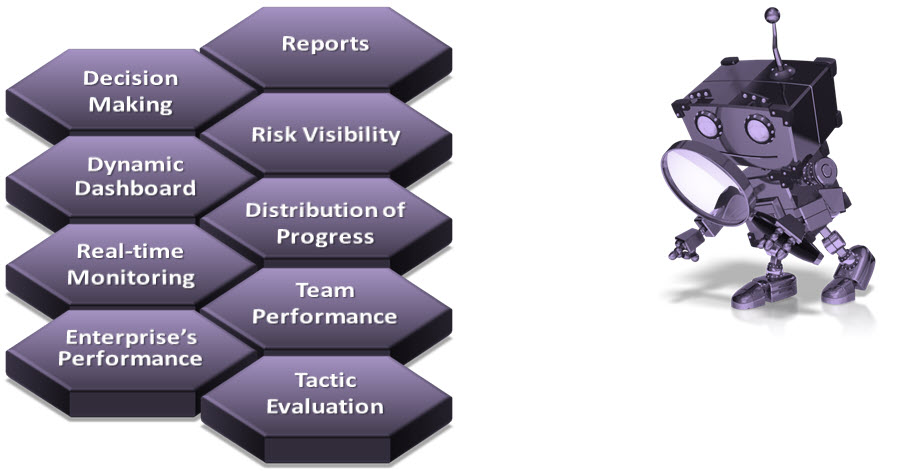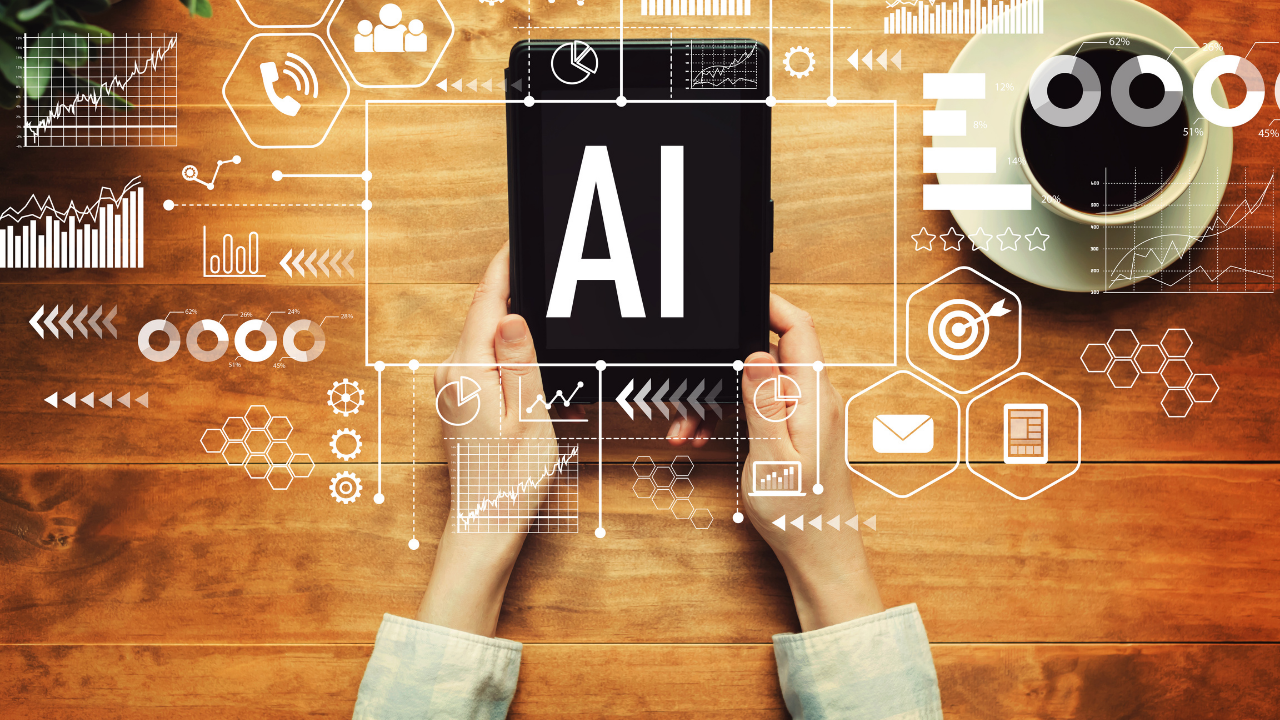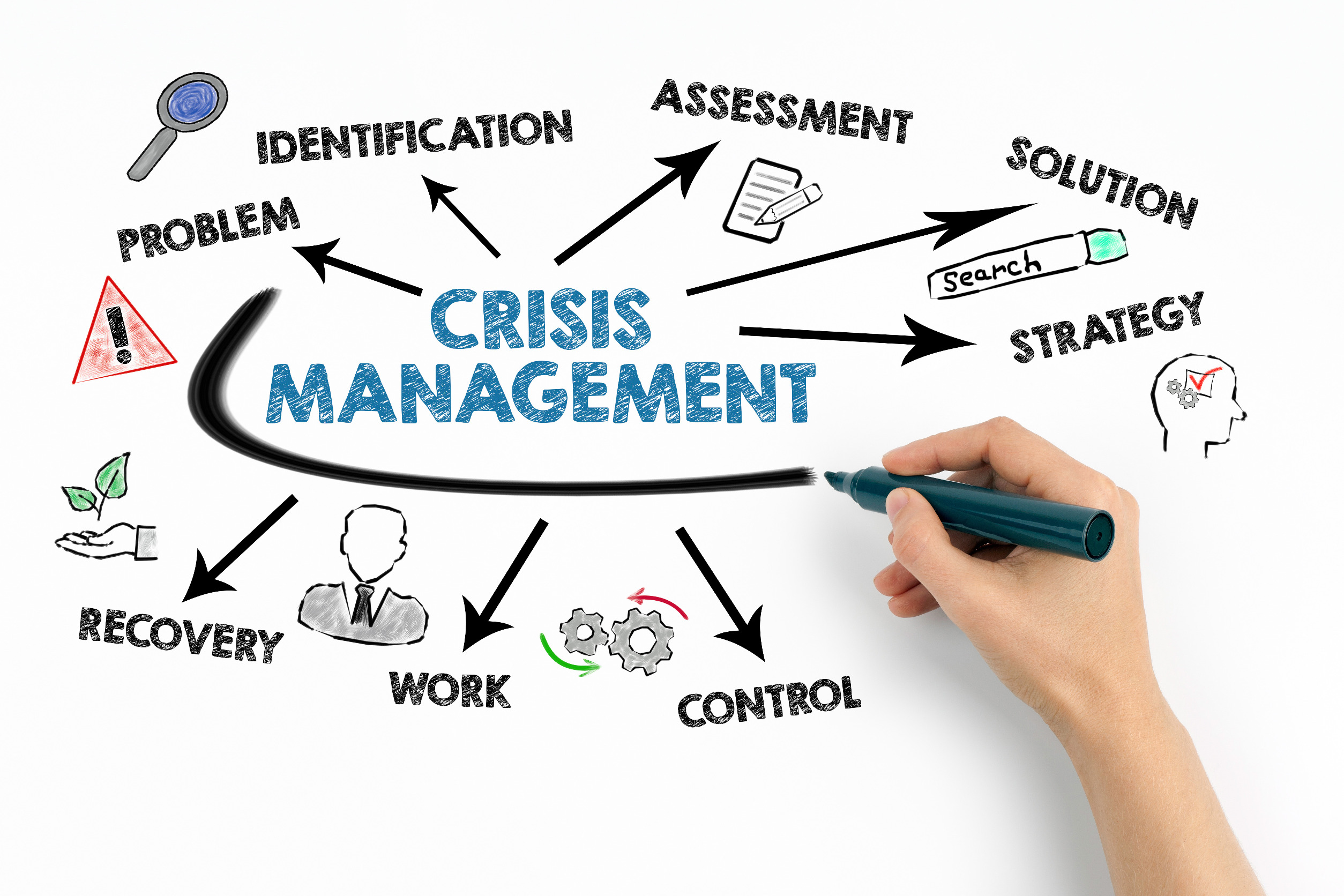In part 1 we addressed the concept of intelligent change management. We then began an analysis of the intelligent framework and the application of data science and AI, starting with strategy and planning; change risk management; the change team and Human Resources, communications, and engagement.
Training

- Intelligent organizational-needs-assessment for training, using the Learning Management System’s data
- Personalization and customization of training, based on employee data, for example, demographics (age, gender, culture, or level in the organization). Or personalization can be based on previous learning experiences, learning style, learner’s strengths and weaknesses, work experiences, also job roles, position in the org charts, required competencies, and patterns such as behavior, requests, and needs. Personalization and customization increase interest and retention, by moving away from the one-size-fits-all model.
- Virtual instructor or co-instructor answers learner’s questions and delivers customized presentations in a judgment-free environment.
- With virtual reality capability, learners experience and see places or things that in typical training programs they would not, which offers a risk-free trial-and-error experience. It also provides scenario-based hands-on training or simulation any time they want (a right-there right-now approach)
- A Q/A bot can:
- provide relevant answers,
- include a recommendation engine based on understanding employee behaviors, to guide the trainees,
- create new questions that increase understanding of the content.
- Smart course-recommendation-engines can analyze large amounts of structured and unstructured data quickly, suggest a learning plan, and push specific training content that addresses employees’ current needs
- Create intelligent and smarter content based on learning insights and predictive capacities
- Virtual personal assistant analyzes employee’s responses, determine needs and interests, and find the right resources for them
- Assisted or automated content development (smart development) can improve and accelerate relevant instructional content by showing gaps, high percentage of wrong answers, etc. AI can also suggest graphic elements, or suitable templates.
- Adding adaptive and responsive capability to learner’s training journey that maintains a balance between engaging the quick-learners and accommodating the slow learners, and changes the content and the delivery mode on the fly
- Training-Modeling models the activities and decisions of the successful trainers
- Intelligent Gamification can be developed for advancing future-state’s competencies
- Classification of the training resources by training objectives
- Provide intelligent andand automatic feedback to learners
- Smarter and automatic learning assessment, by moving from only multiple-choice questions, to fill in the blank question andand answer, using AI
- Deep learning (part of machine learning) helps to move away from having all of the content in the training material, and instead, identifying and including the related concepts. It would also match training delivery to the learner’s pace and capacity (adjusted delivery)
- Smart videos may include
- Indexing videos,
- Optimizing training videos (computer may generate a table of contents based on when a viewer pauses, skips or stops and how much time they’re spending on specific sections). Smart videos provide employees with the information they want, in a digestible way, and help engagement and adoption.
Coaching and Mentoring

- Personalization of coaching with AI can help employees reinforce skills and provide them with the additional tools that they need.
- An intelligent coach-bot can learn from people, their feedback, and their decisions, and can also provide valuable insight for improving the coaching programs
- Smart systems provide situational role-play opportunities
- Intelligent virtual mentors can help higher reinforcement, and make human-based mentoring more strategic
Dashboard, Reporting, and Monitoring

- Help smart decision-making by leveraging big data, and combine, organize and manage multiple internal and external data sources
- A real-time and dynamic dashboard – that new data automatically can refresh it – helps monitor and manage the change proactively and transparently
- Data-driven and AI-supported reports on change progress enable us to make informed decisions as we go
- A change failure risk management dashboard gives clear visibility into the change risk-factors and shows how they interact. It helps us prevent change failure by targeting andand addressing the risks’ root causes at the organization level
- Data-driven visualized dashboard that shows the distribution of change progress (the progress of different employee groups relative to each other).
- Real-time monitoring can be done by automated organizational measurements based on business needs, which shows what actions to take immediately
- Track organization’s performance, using a reference benchmark developed by DS
- Intelligent tracking of team-level performance, to support specific teams, if it’s needed, and as soon as it’s needed
- Ongoing evaluation of the change tactic selection, to minimize the effects of human bias and errors
Adoption and Benefit Realization

- We can have an Intelligent adoption plan, by personalization of adoption tactics (based on performance, habits and characteristics), and have tactics for the right person, at the right time, and at the right frequency or quantity
- An intelligent change bot can pick data (from meetings, emails and chats) that are generated through change management tactics, with a low chance of having a bias. The bot would be like a colleague who knows everything, sees everything, and flags change management areas, deliverables or tactics that may fail, to avoid change failure because of just missing warning indicators.
- A predictive model based on real-time stakeholder data can monitor and analyze the progress of each segment’s adoption against post-go live goals. We would have a proactive and intelligent assessment of all activities, 24/7, 365 days/year.
- Assessment of the working behaviors after the transition
- Intelligent corrective actions can be handled based on real-time data (vs. only historical data). A bot can ask us for a corrective action and/or can implement the corrective action and inform the change agent about the results.
- A bot can reinforce the key change messages.
- Natural language processing can be helpful for post-launch Q/A and for understanding how people feel about the post-launch; Then, to recommend the best action (for change agent’s consideration).
- A predictive model can provide intelligent search tools to presents change-related documents and information to the employees
- Predictive analytics can match patterns, to find out how actions could affect a group’s position in change adoption
I hope this article has helped increase your awareness about the huge opportunities that we have with these hot concepts.

























